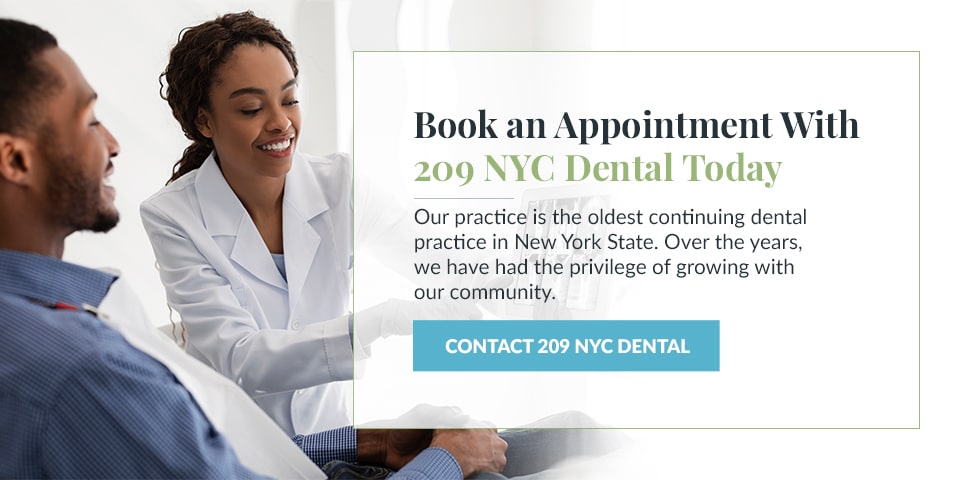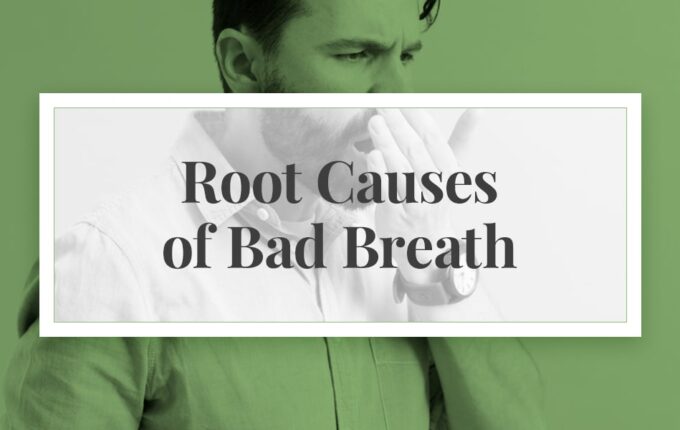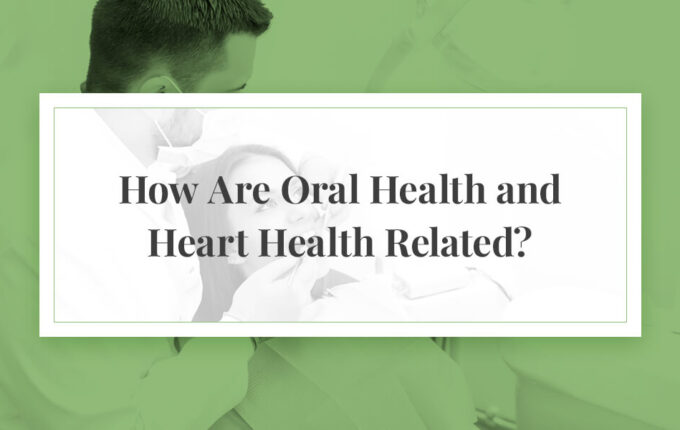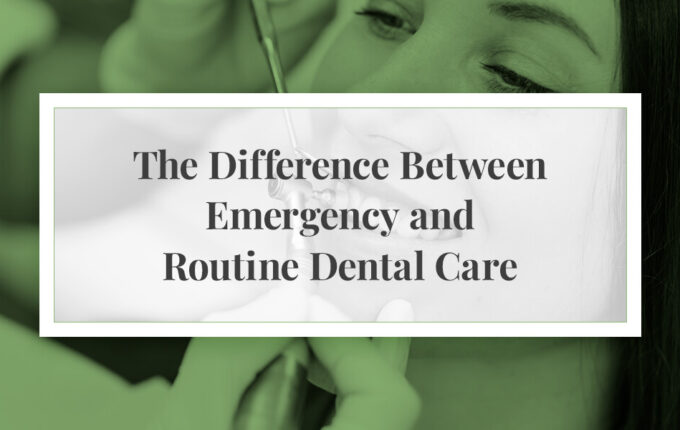Why Is Flossing so Important?
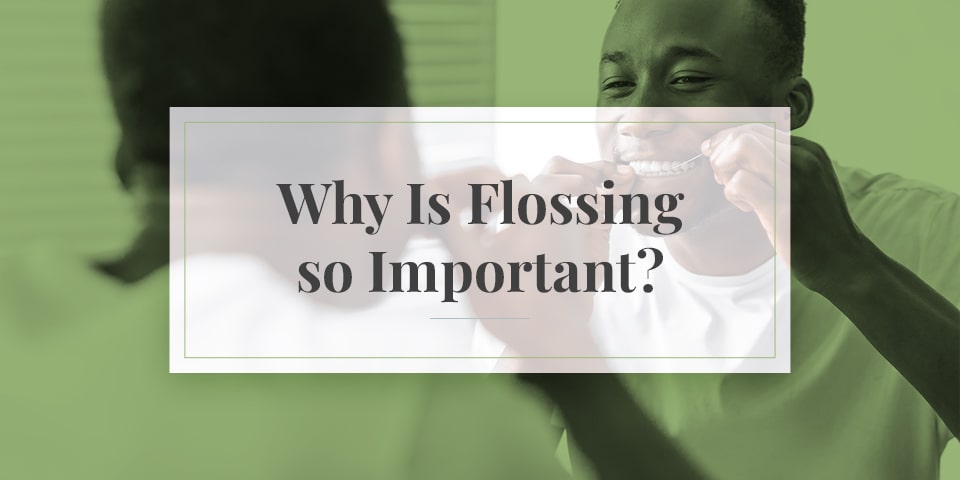
Investing in your oral hygiene is one of the most beneficial steps you can take each day to live a healthy lifestyle. Good dental health has a positive impact on your entire life, from your teeth to your confidence in social settings. You should make sure you are doing everything you can to keep your mouth healthy and happy.
One way to take the best care of your mouth possible is by flossing every day. Flossing helps your mouth stay cleaner than brushing alone. Discover the benefits of flossing to inspire you to add this activity into your daily routine.
Why Should You Floss Your Teeth?
Flossing your teeth every day can elevate your oral hygiene and impact your bodily health, too. Here are some of the benefits of flossing that you can start enjoying today.
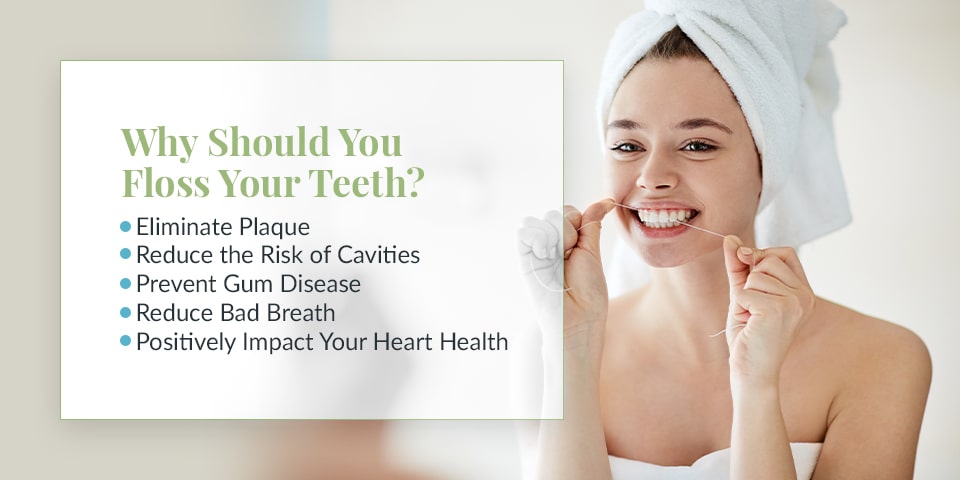
Eliminate Plaque
Everyone has bacteria in their mouth. It is a part of everyday life. The harmful bacteria is what you want to keep to a minimum. This harmful bacteria can mix with starches from the food you eat and start sticking to your teeth in the form of plaque. Left unchecked, plaque can calcify and turn into tartar, a hard substance that only a dental professional can remove.
Flossing can help reduce the plaque buildup in your mouth. Your toothbrush is unable to reach in the tight spaces between your teeth, but floss specializes in this task. When you floss, you eliminate plaque from these hard-to-reach areas and help prevent tartar from forming.
Reduce the Risk of Cavities
Plaque presents more risks than tartar. Plaque is one of the leading causes of cavities. The bacteria in plaque feed on the sugars in the foods you eat, which causes them to release an acid onto your tooth enamel. Over time, this acidity can harm your enamel and cause a cavity to form.
Reducing the plaque in your mouth leads to a reduction in your risk of cavities, as well. When you floss, you scrape the plaque from between your teeth so the bacteria are unable to consume sugars and produce their enamel-damaging acids. Brushing can help the visible surfaces of your teeth, but you need to floss to reduce cavities from forming between your teeth.
Prevent Gum Disease
Flossing is a critical component of having healthy gums. Plaque and tartar usually form around and below the gum line, where toothbrush bristles are unable to reach. This plaque can inflame your gums and even lead to gum disease without proper hygiene.
Gingivitis, an early form of gum disease, leads to bleeding, painful gums. Over time, gingivitis can turn into periodontitis, an advanced form of gum disease. Periodontitis can lead to pain and damage of the gums and surrounding tissue, as well as receding gums and tooth loss. Regular, proper flossing can help reduce and prevent these issues.
Reduce Bad Breath
Bad breath is a common problem for many people, but flossing is one of the best ways to reduce bad breath. When you eat, food particles can become stuck between your teeth. This can cause your breath to have a particular odor that will only get worse as the food particles start decaying.
Plaque buildup and the cavities caused as a result are also common contributors to bad breath. Floss your teeth every day to remove food particles and plaque that can cause your breath to smell less than pleasant. Having fresher breath can also raise your confidence, which is an added benefit.
Positively Impact Your Heart Health
Some scientists and health professionals have observed a connection between dental and heart health. A 2019 study showed that participants who practiced good oral hygiene experienced a decreased risk of heart conditions, such as atrial fibrillation and heart failure.
Some scientists believe that the bacteria causing inflammation of the gums can enter the bloodstream and contribute to the inflammation of other areas of the body, including the heart. As inflammation of the gums goes down, so too can other areas of inflammation. This could mean practicing good oral hygiene — including flossing — can help keep your heart and body healthier.
How Often Should You Be Flossing?
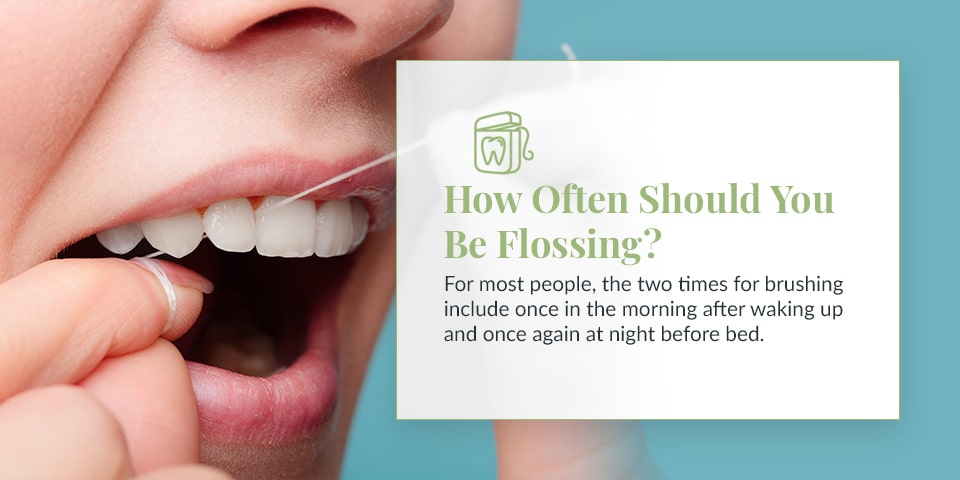
Some people wonder how important flossing is. Others wonder if flossing is more important than brushing. The truth is that you should be brushing and flossing your teeth. Both are part of a balanced dental hygiene routine. But the question remains of how often you should be flossing to enjoy the most benefits.
The Centers for Disease Control and Prevention (CDC) recommends brushing twice and flossing once per day. For most people, the two times for brushing include once in the morning after waking up and once again at night before bed. Flossing at any time is better than forgetting to floss. Making it a part of your existing brushing routine can help you get into the habit of flossing.
Whether you floss in the morning when you brush your teeth or at night to end your day, what matters is that you actually floss. Some dentists recommend flossing in the morning to start your day with a cleaner mouth and remove the bacteria accumulated during the night. Other professionals recommend flossing before bed to avoid going to sleep with lingering food particles and bacteria.
Some people debate if it is better to floss before or after brushing. Flossing before brushing could allow you to dislodge particles and bacteria from between your teeth so your toothbrush can better scrub them away. Flossing after brushing can give your toothbrush a chance to do the heavy lifting so you can focus on the remaining bacteria and particles.
Ask your dentist what they recommend, and choose the option you think you will have success with. Getting into the habit of flossing will be easier if it fits into your routine and you feel good about it.
Be sure to avoid over-flossing, though. Flossing several times per day or flossing too vigorously can lead to bleeding, sore gums and gum recession. Follow the Centers for Disease Control and Prevention’s guidelines and floss once per day to enjoy the benefits of flossing without the negative aspects of over-flossing.
What Is the Right Way to Floss?
Whenever you choose to floss during your day, make sure you are doing it the right way. Flossing incorrectly can lead to sore and bleeding gums, but it can also cause the act to be more difficult, less enjoyable and less effective. Flossing the right way can help you discover more success in improving your dental hygiene routine.
Here is a step-by-step process of how you can floss your teeth with traditional floss:
- Use the attached cutter to remove a piece of floss about two feet long.
- Wind most of the floss around your middle fingers, leaving a couple of inches exposed between your fingers.
- Use this exposed section to floss between two teeth. Move the floss up and down against both sides of the tooth. Be careful to avoid pressing the floss into your gums as this can cause damage.
- When the floss does reach your gums, gently curve the floss in a “c” shape at the base of your tooth. This careful action will allow you to remove plaque at the gum line.
- When moving onto another tooth, adjust the exposed floss to reveal an unused section.
- Repeat the above steps for each tooth, focusing your attention on one at a time.
We recommend starting with the back tooth on one side of your mouth and finishing with the opposite tooth on the other side. Start with either your top or bottom teeth and move onto the other set when you are finished. At your next dental appointment, you can also ask your dental hygienist to demonstrate how to floss.
Does It Matter What Type of Floss You Use?
Floss is more than a name to describe the string people use to scrape between their teeth. Flossing is a general term you can use to describe any act that cleans plaque and debris from tight spaces your toothbrush is unable to reach. You can use much more than standard nylon floss. Many forms of flossing exist, and one of them can be perfect for your oral hygiene routine. What matters is that you floss. The method you use is up to you and your dentist’s suggestion.
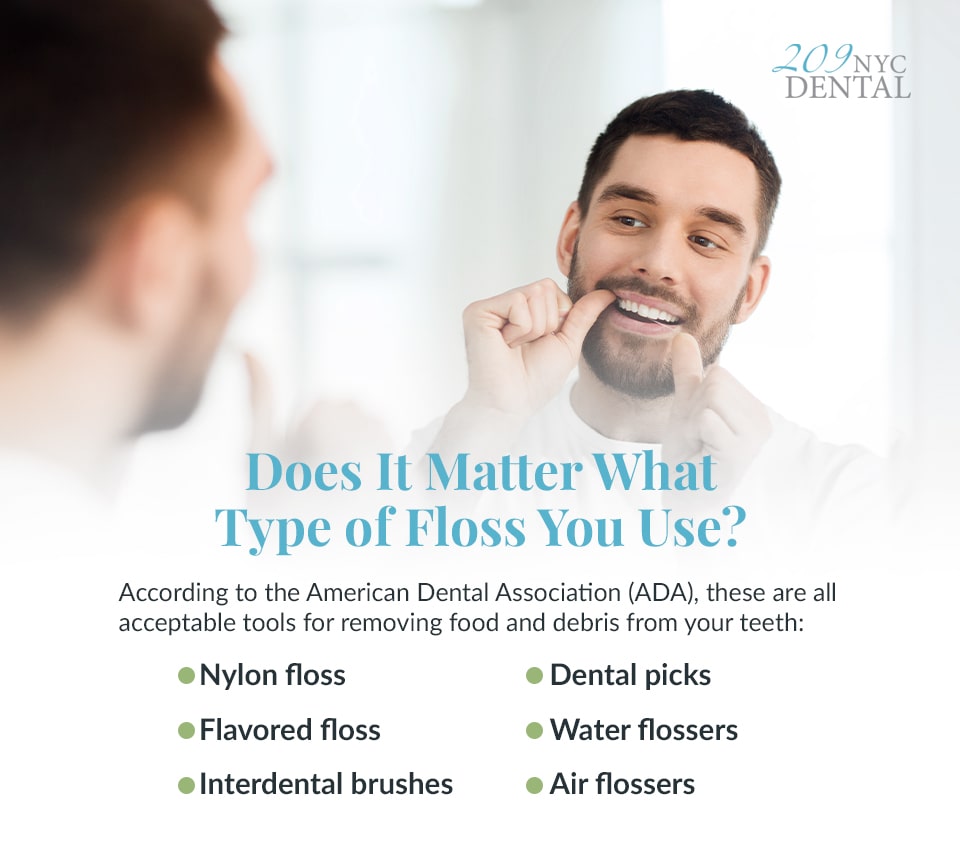
According to the American Dental Association (ADA), these are all acceptable tools for removing food and debris from your teeth:
- Nylon floss: This is the standard floss you think of when picturing someone flossing. It comes in a small plastic container with an attached metal cutter for breaking off a section of the floss. You can choose between waxed and unwaxed nylon floss, depending on the type of feel and experience you are looking for. Both types can be effective for cleaning between your teeth, so it comes down to which feeling you prefer.
- Flavored floss: Nylon floss also comes in a flavored variety. Some of the most common varieties include mint flavors that add a pleasant taste to the experience and help freshen your breath. Besides that, flavored floss offers the same experience as standard nylon floss.
- Interdental brushes: Use interdental brushes to clean between small gaps between your teeth or hard-to-reach places of the mouth. Think of them like small toothbrushes that have the round, all-over bristle appearance of a mascara applicator.
- Dental picks: Dental picks consist of a small section of floss connected to a plastic handle to help make flossing easier than ever.
- Water flossers: Water flossers pump high-pressure water into your mouth to dislodge plaque and food particles trapped between your teeth. It is a great way to floss without using small tools or traditional floss.
- Air flossers: Air flossers disrupt food particles and bacteria from between your teeth by using high-pressure air and a few droplets of water discharged in sharp bursts. They are like water flossers but could provide a drier experience.
Tips for Flossing With Dental and Physical Conditions
Everyone can enjoy the benefits of flossing, but some conditions can make the act of flossing more difficult. Despite these conditions, practicing proper dental hygiene is an essential part of having a higher quality of life. Here are a few dental and physical conditions that can make flossing difficult and some tips on how you can floss even with these conditions:
- Braces: Braces consist of metal brackets and wires adhered to your teeth. These materials make using traditional nylon floss or dental picks impractical. Yet, because of the extra surfaces braces add to your mouth, proper dental hygiene and flossing are more essential than ever. Consider using interdental brushes to clean under wires and around brackets. Water or air flossers can also be effective at dislodging food particles and bacteria from around your braces and between teeth. Ask your orthodontist what flossing methods are best.
- Sensitive gums: Some people have more sensitive gums than others. If flossing with nylon floss or dental picks hurts or causes you to bleed, try using water or air flossers for a gentler approach. These methods will clean your teeth and gums without the need for any nylon string or small interdental brushes. If you start cleaning your gums, you may find that your sensitivity will decrease. Then you may be in a better position to try the other flossing methods again.
- Difficulty handling floss: Some physical conditions can make handling regular nylon floss or dental picks difficult. This can cause people to feel frustrated about flossing and give up on this part of the dental hygiene process. The good news is that you can still floss. Many people have found success with water and air flossers when the old-fashioned way is too challenging. These newer methods offer great cleaning abilities while being easier to use and control.
How to Manage Discomfort After Flossing
Flossing should help your teeth and gums after flossing, not hurt them. If your gums are bleeding or hurting when you floss, you may be wondering why so many dental professionals recommend doing it at all. Here are a few reasons why your teeth and gums might hurt when you try flossing:
- Irregular or infrequent flossing habits: If it has been a while since you last flossed, your gums may be unfamiliar with the sensation, causing them to hurt or bleed.
- Improper flossing technique: You could be flossing too vigorously or deeply, leading to a painful experience.
- Other dental issues: Conditions like tooth sensitivity, gum disease, cavities or damaged teeth can make flossing uncomfortable. Flossing can help reduce the effects of gum disease, but you may need additional help to overcome these issues.
Try using the following techniques to manage your discomfort after flossing:
- Use floss regularly: Flossing every day as part of your dental hygiene routine can cause your discomfort to go away over time. Your gums should get used to the sensation, and soon, the process of flossing will have little or no pain.
- Use one of the safe flossing methods listed above: Only use the methods mentioned above when flossing your teeth. Avoid using items like safety pins, paper or cutlery to clean between your teeth. Using these items can be dangerous and lead to more pain. Using the recommended methods should lead to less discomfort.
- Be gentle: It is easy to floss too aggressively. Always remember to be gentle to minimize any pain you are feeling while flossing.
- Take your time: Flossing should be a slow and steady process. Take your time, especially when you are first starting. You will get into a rhythm and grow faster at the process than you are now. Even as you gain more flossing skills, you should keep giving it your undivided attention and care.
- Talk to your dentist: Speak to your dentist about your dental situation. They may be able to help you manage your pain with professional cleaning procedures or recommendations on how to better care for your teeth and gums.
Book an Appointment With 209 NYC Dental Today
Our practice is the oldest continuing dental practice in New York State. Over the years, we have had the privilege of growing with our community. Our goal at 209 NYC Dental is to provide an exceptional dental experience to each of our patients. We do this by offering the following benefits:
- Highly trained dentists
- A warm, friendly staff
- A modern and beautiful office you can feel comfortable in
- A full range of services, including diagnostics, implants and cosmetic surgery
Book an appointment online to take your first step toward better dental hygiene or give us a call at 212-355-2290.
 Our History
Our History
 Our Providers
Our Providers
 About Us
About Us
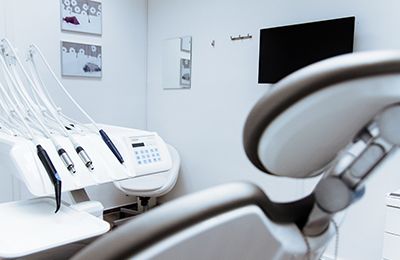 Blog
Blog
 Contact us
Contact us
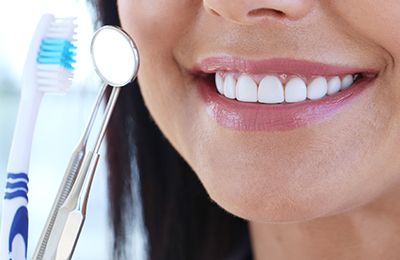 Diagnostic & Preventive
Diagnostic & Preventive
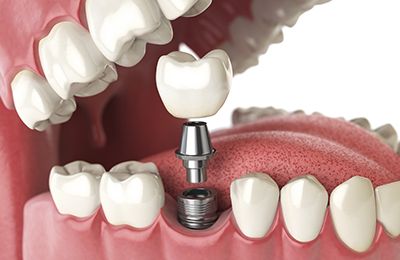 Implant Dentistry
Implant Dentistry
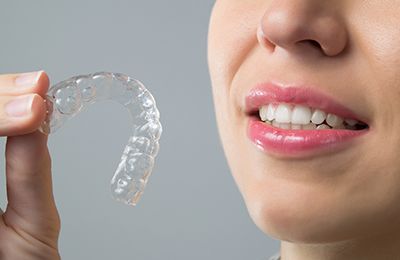 Clear Braces - Invisalign
Clear Braces - Invisalign
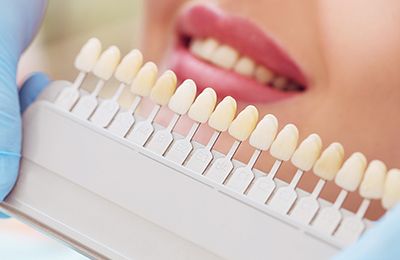 Cosmetic Dentistry
Cosmetic Dentistry
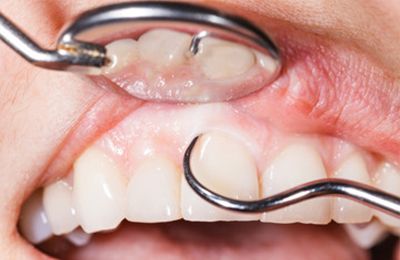 Periodontics
Periodontics
 Patient Forms
Patient Forms
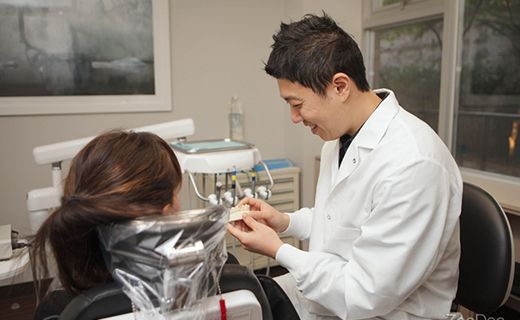 Payment Information
Payment Information
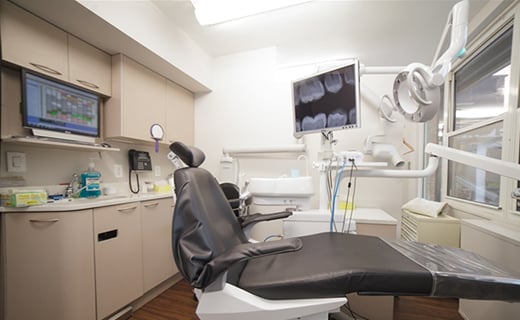 Insurance Options
Insurance Options
 CareCredit Dental
CareCredit Dental
 Appointment Policy
Appointment Policy
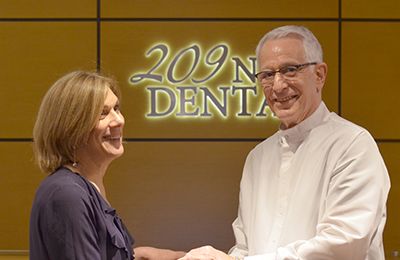 Free Consultation
Free Consultation
 Complimentary Teeth Whitening
Complimentary Teeth Whitening
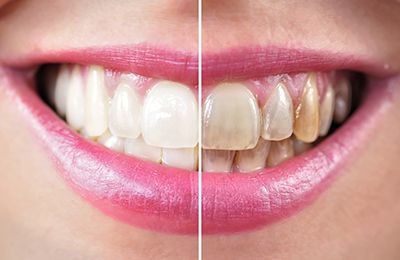 Teeth Whitening
Teeth Whitening
